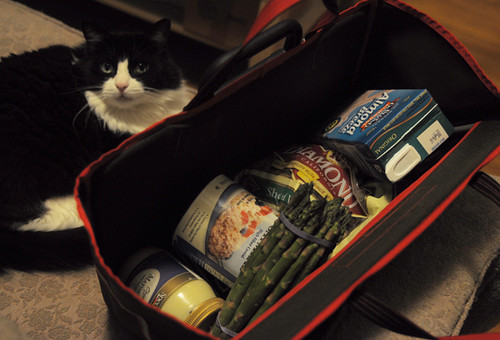
Claire after her skydive yesterday. Not looking too scared
I was just listening to Amartya Sen explaining on radio about his ideas about justice in the world, and his way of looking at this aspect of humanity struck me as just as relevant in another.
His thesis in the world of justice is that we should think in a more pragmatic, and less idealist way in order to achieve the best possible outcome for people. Specifically he has the idea that we pour a huge amount of energy trying to solve completely particular injustices, with the intended outcome being to make them 100% ‘just’. But, he says, the ideal of a perfectly just scenario often remains out of reach. Instead, if we first seek out the biggest and deepest injustices, and measure success against their starting points, rather than against the ideal finishing point of perfect justice, we will end up increasing overall justice by a larger amount. So the focus on scrubbing out the last remains of stubborn injustice becomes not just a black hole for our resources, but a distraction from deeper injustice elsewhere.
It struck me that this parallels closely recent arguments about risk in life and society. Economics right now is teaching popular society a lot about the importance of risk. Namely that pursuing the ideal of eliminating risk is actually harmful to economies, just as very risky and unstable situations are. Similarly, a statistical perspective minus the blinkers of a ratings driven media such as this book on the risks we face highlights some of the ridiculous situations we find ourselves in when we attempt to eliminate tiny risks (such as terrorism) and allow these to completely distract us from huge risks elsewhere.
Amartya’s idea projected onto risk makes a lot of sense to me and to me reflects closely the decision making process I’ve aspired to in the risky climbing I do. Other climbing bloggers thoughts recently (such as Dougald and Will’s) have reminded us well that believing in complete safety in climbing will always prove a fallacy. So it’s important to try not to be distracted by making tiny risks tinier, if larger ones lie ignored in the background (and they often do in my opinion).
A common example that often worries me when listening to other climbers discourse on safety is a fascination with the fine details of climbing equipment systems. Nothing wrong with that whatsoever, so long as it’s seen in context of the whole picture of climbing safety, which is often isn’t. The trouble is that our safety systems relating to climbing equipment are only one link in a chain of factors that determine how much risk we face when climbing.
The ‘soft’ skills (I hate the term but can’t immediately think of a replacement) of our tactics, decision making and movement skill on rock, ice or mountains are the other, larger part, and they often suffer relative ignorance.
A more specific example; Out of the climbers I know who onsight E6 or harder, I can't think of any who aren’t expert at downclimbing (out of trouble). Why? Quite simply, having this skill allows you to go with far less danger where it would be hideously dangerous to rely solely on ‘up’ climbing ability and safety equipment. In contrast, the trad climber’s I know who’ve suffered a series of confidence destroying serious falls are more often than not poor at climbing down out of scary situations. I’ve had a million climbers ask me all sorts of weird and wonderful questions about the fine points of equipment, and strategies for it’s use, and it often shocks them when I don’t always know an answer. But I can’t recall ever being asked about downclimbing.
Important things are often at the mercy of things less important. Looking for dangerous things to make less dangerous will often be more successful than looking for anything to make perfectly safe.














 This is Stonegate, a busy shopping lane.
This is Stonegate, a busy shopping lane.



 I do not think I have been to a church with box pews. These are indeed a rare find. It is very special to see them being preserved for the sake of history and posterity. I made sure to give a donation before leaving the small church.
I do not think I have been to a church with box pews. These are indeed a rare find. It is very special to see them being preserved for the sake of history and posterity. I made sure to give a donation before leaving the small church.




















 Fotos above were taken on Goodramgate, Micklegate, Stonegate, Colliergate and Barley Hall.
Fotos above were taken on Goodramgate, Micklegate, Stonegate, Colliergate and Barley Hall.


 We actually drove outside of the property. We drove on a narrow winding dike that protects the property from the rising rivers. The dike road was lined up with wild green apples. Being city girls, we were so amazed at the rows and rows of green apple bearing trees.
We actually drove outside of the property. We drove on a narrow winding dike that protects the property from the rising rivers. The dike road was lined up with wild green apples. Being city girls, we were so amazed at the rows and rows of green apple bearing trees.


 Visit Period: September
Visit Period: September